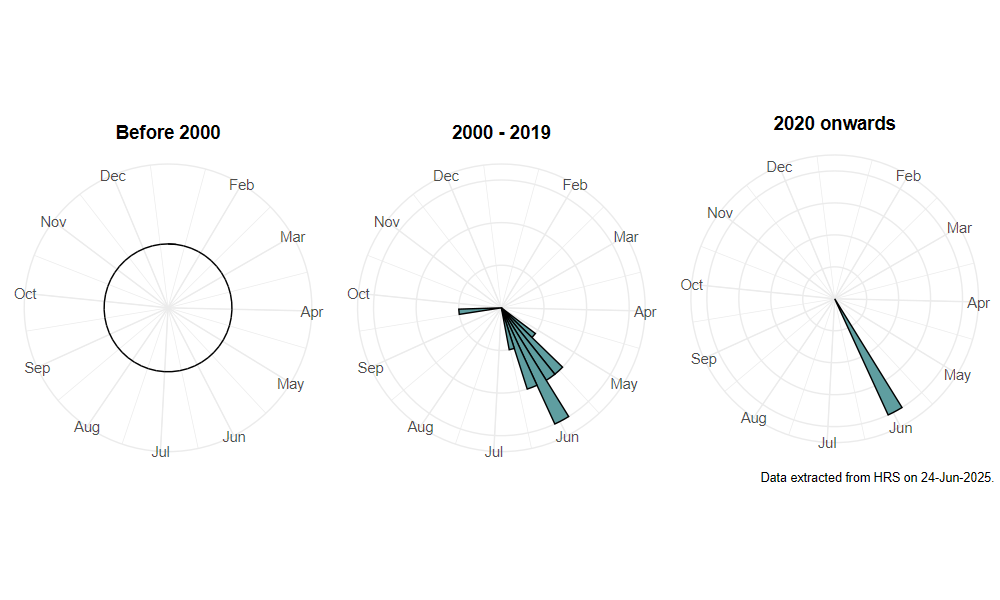Microdon mutabilis (Linnaeus, 1758)
Identification
Identification difficulty = 5. ![]()
![]() according to Ball & Morris, 20241
according to Ball & Morris, 20241
Synonymy
The 'Microdon mutabilis' of earlier works (e.g. Stubbs & Falk (1983)2) was split by Schonrogge et al. 20023, into two species M. mutabilis and M. myrmicae. Most of the records formerly ascribed to M. mutabilis are believed to relate to M. myrmicae.
Biology
The larva is associated with ant nests, and at the moment the principal host appears to be Formica lemani which is widespread in northern and western Britain. There is some evidence that adult Microdon from particular ant nests may stand the greatest prospect of breeding successfully if they lay their eggs in association with the original host colony, thereby suggesting a degree of sub-speciation linked to the characteristics of individual ant colonies. Adults cannot be distiguished from those of M. myrmicae, so identification must be based on locating larvae or pupae.
Flight period
The following plots show the number of unique records per week excluding those reported to be of immature stages.

Status
DATA DEFICIENT - Ball & Morris, 20144.
Distribution
As yet the true M. mutabilis has been confirmed from only two areas in Scotland (Mull and near Inverness), the limestone pavements of the southern Lake District and six sites in south-west Ireland (mainly the famous limestone district of The Burren). Probably under recorded.

-
Ball, S., & Morris, R. (2024). Hoverflies of Britain and Ireland. WILDGuides (3rd ed.). Oxford: Princeton University Press. ↩
-
Stubbs, A., & Falk, S. (1983). British Hoverflies: An Illustrated Identification Guide (1st ed.). Reading: BENHS. ↩
-
Schőnrogge, K., Barr, B., Wardlaw, J., Napper, E., Gardner, M., Breen, J., Elmes, G., & Thomas, J. (2002). When rare species become endangered: cryptic speciation in myrmecophilous hoverflies. Biological Journal of the Linnean Society, 75, 291–300. ↩
-
Ball, S., & Morris, R. (2014). A review of the scarce and threatened flies of Great Britain. Part 6: Syrphidae. ( No. 9). Species status (pp. 1–130). Peterborough: JNCC. ↩